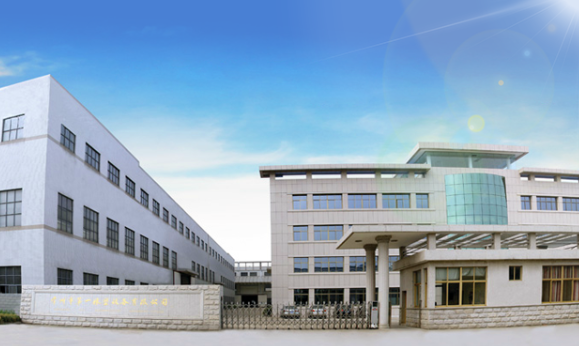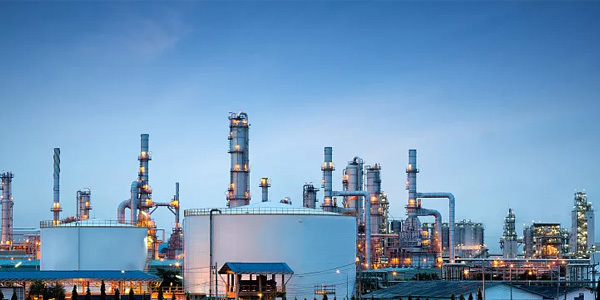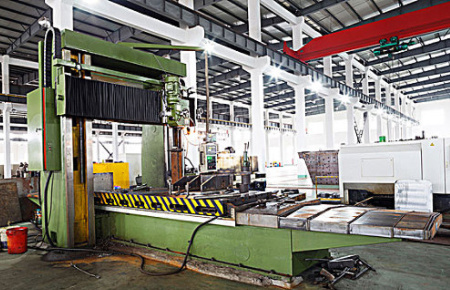
Solutions for wear and tear on the crossbeam shaft head of a vulcanizing machine
Published Time:
2019-12-07
Due to the metallic material and high hardness of the vulcanizing machine, vibration, impact, and other combined forces during operation cause gaps and wear in the components. Traditional repair methods include welding, thermal spraying, and electroplating, but these methods have certain drawbacks: welding can cause the surface of the parts to reach a very high temperature, resulting in deformation or cracking, affecting dimensional accuracy and normal use, and even causing breakage in severe cases; electroplating, while having no heat effect, cannot have a layer that is too thick, has serious pollution, and its application is greatly limited. Currently, Western countries mostly use high-polymer composite materials to address these issues, with the most mature technology being the Megahertz technology system. Its comprehensive performance and machinability at any time can meet the requirements of post-repair use and precision, reduce the impact and vibration experienced by the equipment during operation, and extend its service life. Because the material is a "variable" relationship, when external force impacts the material, the material will deform and absorb the external force, and expand and contract with the bearing or other components, maintaining a tight fit with the components and reducing the probability of wear. For large vulcanizing machines, "molds" or "matching components" can also be used to repair damaged equipment on-site, avoiding the overall disassembly of the equipment and maximizing the matching dimensions of the components to meet the production and operation requirements of the equipment.
Due to the metallic material and high hardness of the vulcanizing machine, vibration, impact, and other combined forces during operation cause gaps between components, leading to wear and tear. Traditional repair methods include welding, thermal spraying, and electroplating, but each has drawbacks: welding can cause the part surface to reach a high temperature, resulting in deformation, cracks, dimensional inaccuracies, and impaired functionality, even leading to breakage in severe cases; electroplating, while avoiding heat effects, is limited by the thickness of the plating layer, severe pollution, and limited applications. Western countries currently address these issues using high-polymer composite materials, with the most mature technology being the Meijiahua system. Its comprehensive performance and machinability at any time meet post-repair usage and precision requirements, reduce impact and vibration during operation, and extend service life. Because the material is a 'variable' relationship, when external forces impact the material, it deforms to absorb the force and expands and contracts with the bearings or other components, maintaining a tight fit and reducing wear. For large vulcanizing machines, 'molds' or 'matching components' can be used for on-site repair of damaged equipment, avoiding complete disassembly and maximizing component dimensional accuracy to meet production requirements.
Next
Next
Latest News







